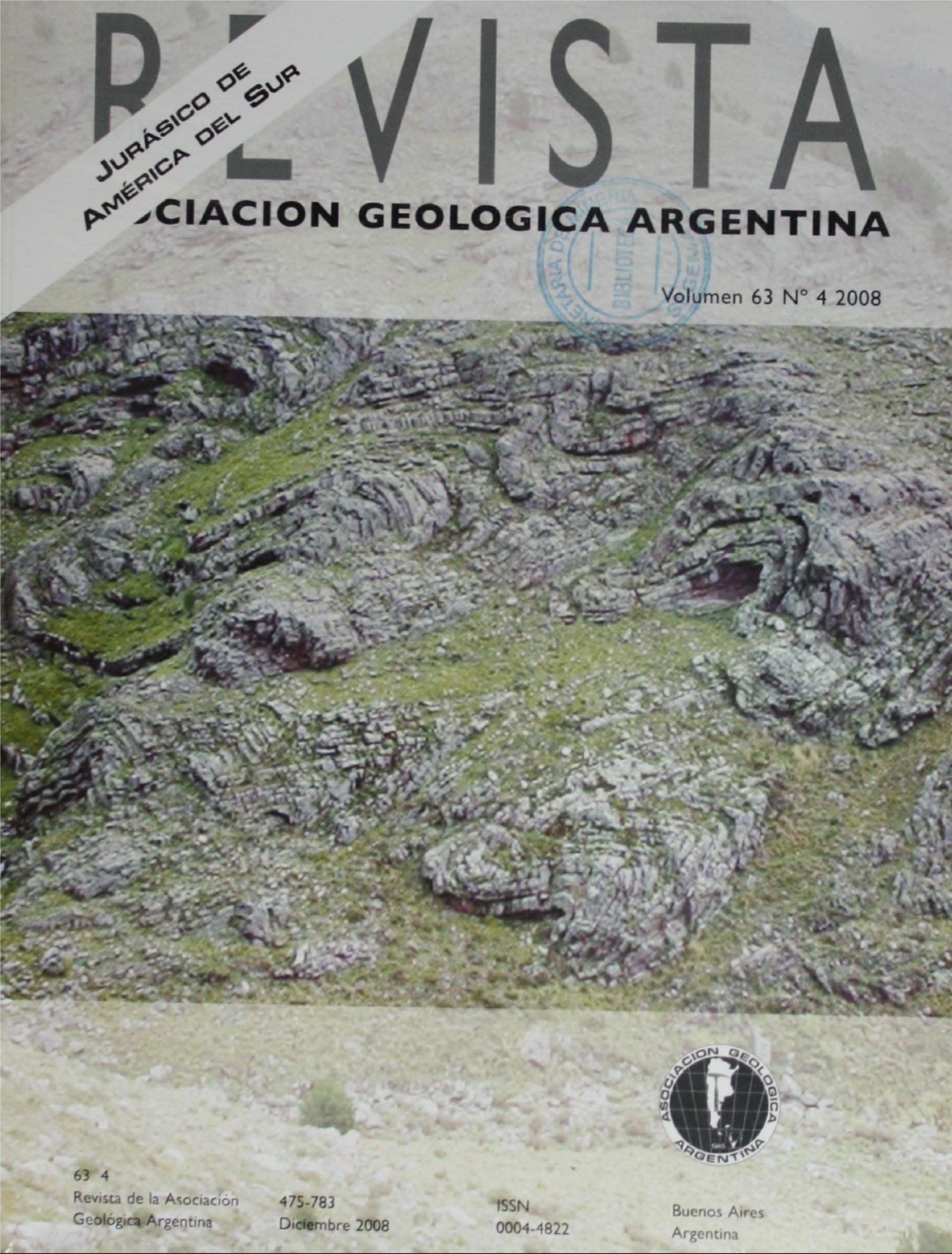Jurassic tectonics in Argentina and Chile: Extension, oblique subduction, rifting, drift and collisions?
Main Article Content
Abstract
The Jurassic history of southern South America shows a complex geologic evolution which is the result of different processes that began along the western Gondwana margin during the initial stages of Pangea breakup. Andean subduction along the Pacific continental margin began in the Early Jurassic, after a period of continental-scale extension and rifting, which peaked by the end of the Triassic in central and northern Argentina and Chile. Renewal of subduction was the result of an episode of ocean growth along a series of spreading centers between North and South America when the separation of these continents began as a consequence of the activity of the Central Atlantic Magmatic Province hotspot. Motion along these spreading centers produced a component of oblique, SE-directed subduction along the western margin of South America and the reactivation of inherited orthogonal structural features as the N70°E trending Huincul ridge in the Neuquén Basin that was uplifted during Jurassic times. Subduction along the north-south trending Argentine-Chilean continental margin acelerated during the breakup between West and East Gondwana soon after the opening of the Indian Ocean, linked to the Karoo hot-spot. Subduction took place under extensional conditions probably associated with a negative trench roll-back, leading to the formation of a magmatic arc along the Coast Ranges from southern Peru to central Chile and, to the east, the Arequipa, Tarapacá and Neuquén extensional back-arc basins. In northern Patagonia, early Jurassic arc related magmatism occurred to the east of the present day Andean Cordillera along the short-lived (190-170 Ma) Subcordilleran Batholith and the associated Liassic intra arc basin. Arc magmatism ceased in northern Patagonia at ca 170 Ma to be replaced by huge volumes of Early to Middle Jurassic rhyolites and dacites of the Chon-Aike Large Igneous province produced as a result of crustal melting in an overheated crust during the initial stages of Gondwana breakup. Early rifting during Middle-Late Jurassic times took place in the Cañadón Asfalto Basin and the Late Jurassic Río Guenguel, Río Mayo and Río Senguerr basins, orthogonal to the continental margin as a consequence of the Weddell Sea opening. Acid magmatism was associated with widespread extension and culminated in the opening of the ocean-floored Rocas Verdes Basin. The causes of the cessation of magmatism in the Subcordilleran Batholith, the origin of the Chon Aike LIP and the rotation of the magmatic front towards the Patagonian Batholith around 150 Ma are still not well understood. Hypothesis linking this mutating tectonic scenario to the collision of exotic terranes against the Pacific margin of Patagonia during the early to middle Jurassic should be taken into consideration.
Article Details

This work is licensed under a Creative Commons Attribution-NonCommercial 4.0 International License.
Nota de copyright
Los autores conservan los derechos de autor y garantizan a la revista el derecho de ser la primera publicación del trabajo licenciado según una licencia de atribución Creative Commons que permite a otros compartir el trabajo con el reconocimiento de la autoría y de la publicación en la que se publicó por primera vez.
Declaración de privacidad
Los nombres y direcciones de correo electrónico introducidos en esta revista se usarán exclusivamente para los fines declarados por esta revista y no estarán disponibles para ningún otro propósito u otra persona.

